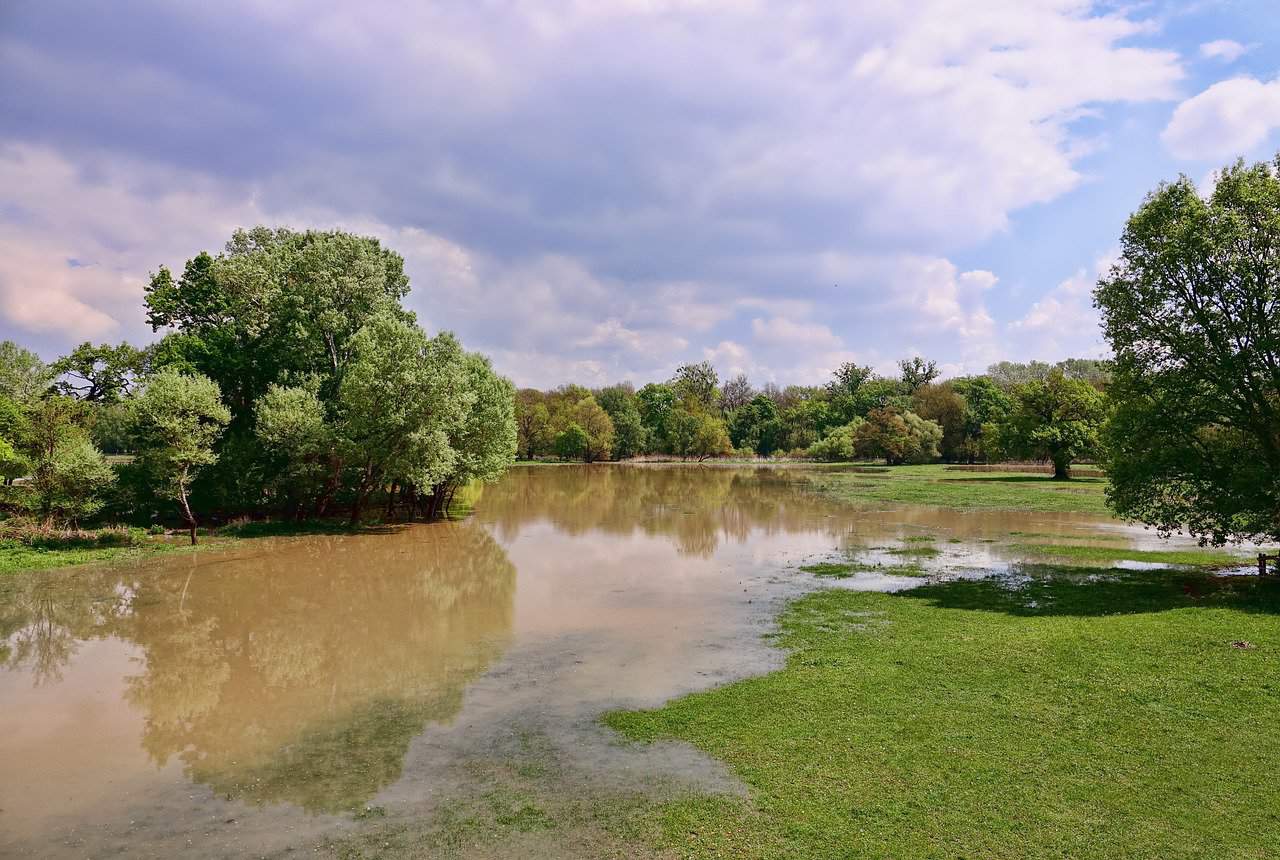The recent heavy rains in Costa Rica have wreaked havoc on the country’s agricultural sector, causing widespread flooding, landslides, and severe disruptions to farming activities. The impact has been particularly devastating in Guanacaste, where rice, beans, coffee, oil palm, and sugarcane plantations are among the hardest hit. Víctor Carvajal, the Minister of Agriculture and Livestock, has described the damage as “extremely severe” across all cantons under the emergency decree. While authorities are still assessing the full extent of the damage, it is anticipated that thousands of producers will be affected.
Widespread Crop Damage
Costa Rica’s rice production, a cornerstone of the nation’s food security, faces significant challenges. Most fields are submerged, with water levels reaching waist height in some areas, leading to total crop loss. Níger Parajeles, an engineer from the National Rice Corporation (CONARROZ), stated, “These conditions are entirely adverse for the crop. This rice has been in this condition for more than two days now. The ear is completely submerged”.
CONARROZ reports that in the Chorotega Region alone, 4,847 hectares of rice are affected, with 547 hectares severely damaged. The Central Pacific Region reports 16 hectares affected, all of which are damaged, while the Brunca Region has 202 hectares impacted, with 2 hectares considered severely damaged.
Coffee farms in early-maturing regions are also struggling, while sugarcane, although more resistant, is deteriorating after prolonged submersion or exposure to strong water currents. In Nicoya, Guanacaste, bean crops—primarily grown by subsistence farmers for personal consumption or small-scale local sales—have been significantly impacted, posing a serious social challenge for affected families.
The National Chamber of Agriculture and Agribusiness (CNAA) has made an initial damage estimate of ¢500 million (approximately $925,925). Livestock farmers and beekeepers are also dealing with losses, while the Ministry of Agriculture and Livestock (MAG) continues to assess the damage.
Ongoing Weather Concerns and Regional Impact
The National Meteorological Institute (IMN) has warned that heavy rains will persist in the Pacific and Central Valley regions until Sunday. This forecast comes as Tropical Storm Sara continues to affect the region, causing severe flooding in both Honduras and Costa Rica.
The northwestern tourist province of Guanacaste remains one of the hardest-hit areas, with flooding of crops and homes, road closures, and the shutdown of its local airport. In southern Costa Rica, near the Panamanian border, river overflows have left entire communities isolated. Three major routes in the country have been impacted by landslides.
The entire Pacific coast of Costa Rica, including Guanacaste, is under a red alert, and the country has been in a state of emergency since Thursday. Rains over the past two weeks, before Sara’s arrival, caused three deaths, five disappearances, and 2,106 people to be displaced to shelters in Costa Rica. The government has suspended classes.
As Costa Rica grapples with this agricultural crisis and ongoing severe weather, authorities continue to work on assessing the full extent of the damage and providing support to affected farmers and communities.








